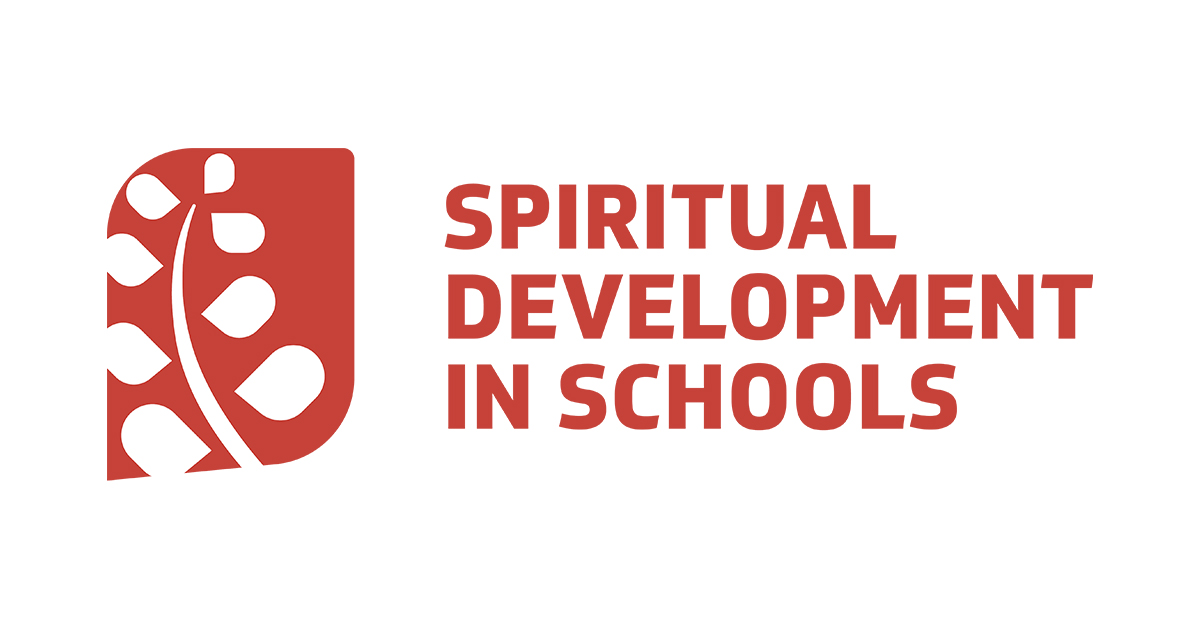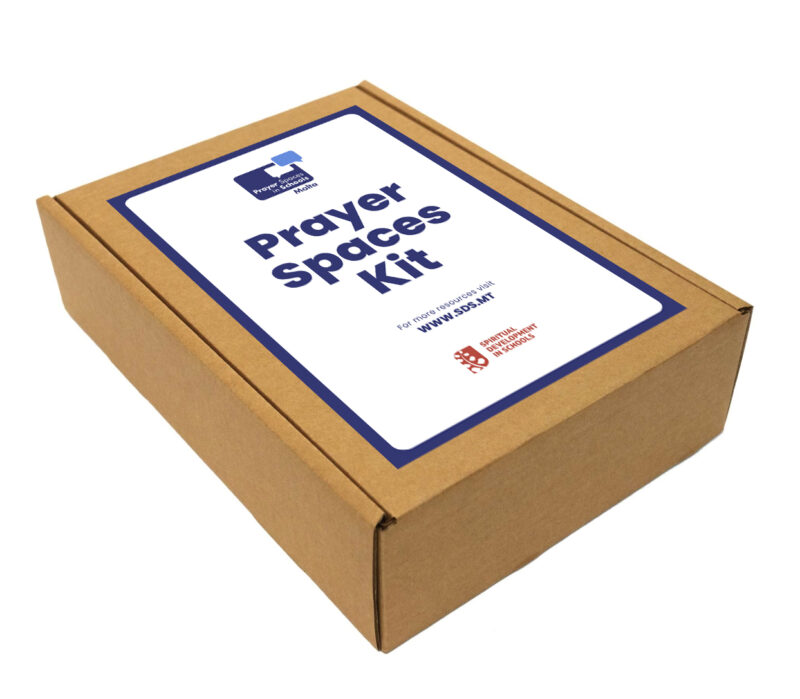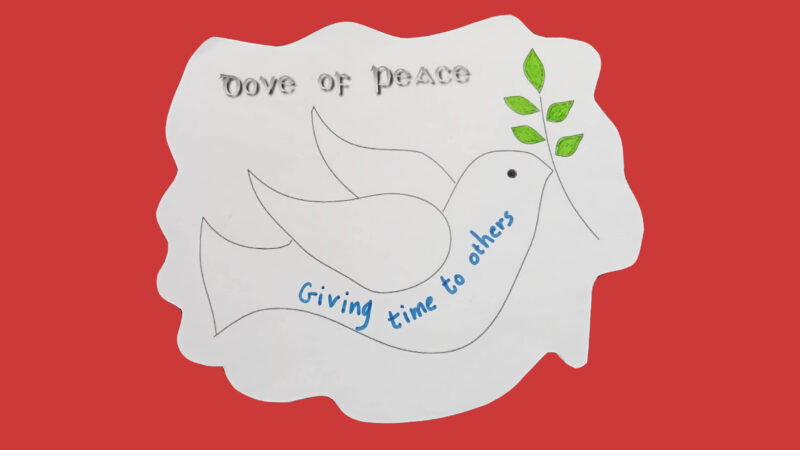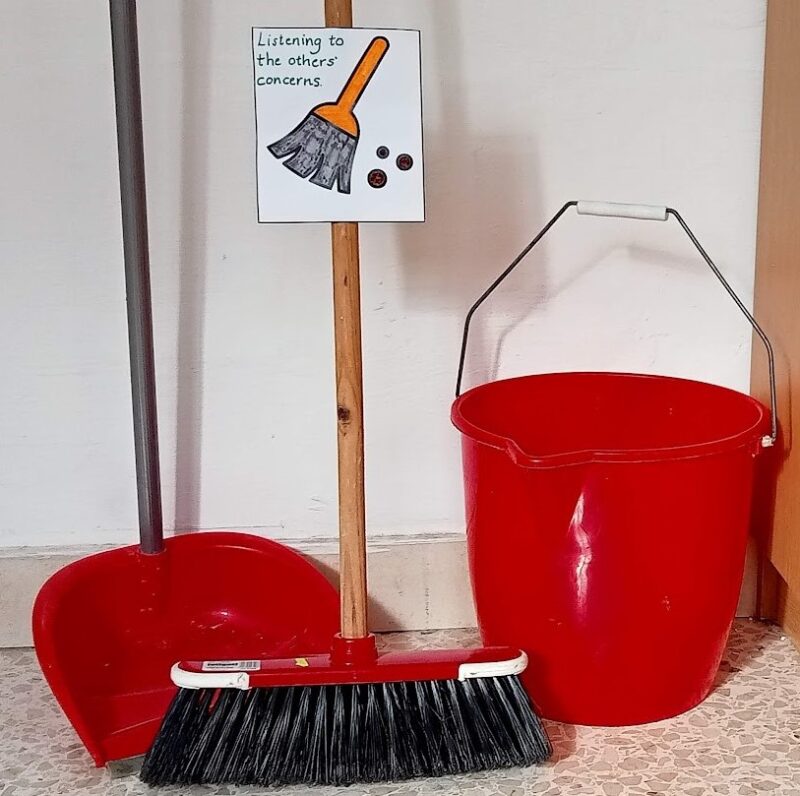On Thursday, May 8th, 2025, Cardinal Robert Francis Prevost was elected as Pope, the successor of Peter, after Pope Francis died on April 21 at the age of 88. In this resource, we will get to know Pope Leo XIV, reflecting on his first words, ‘Peace be with you’, and pray for him.
Ages
- Primary Years
- Middle Years
- Secondary Years
- Post-Secondary Years
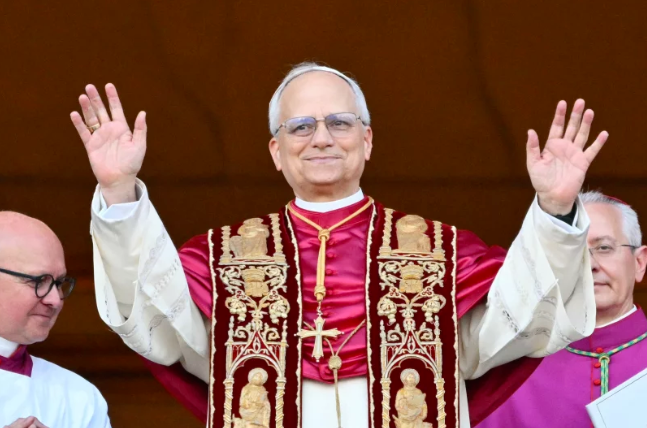
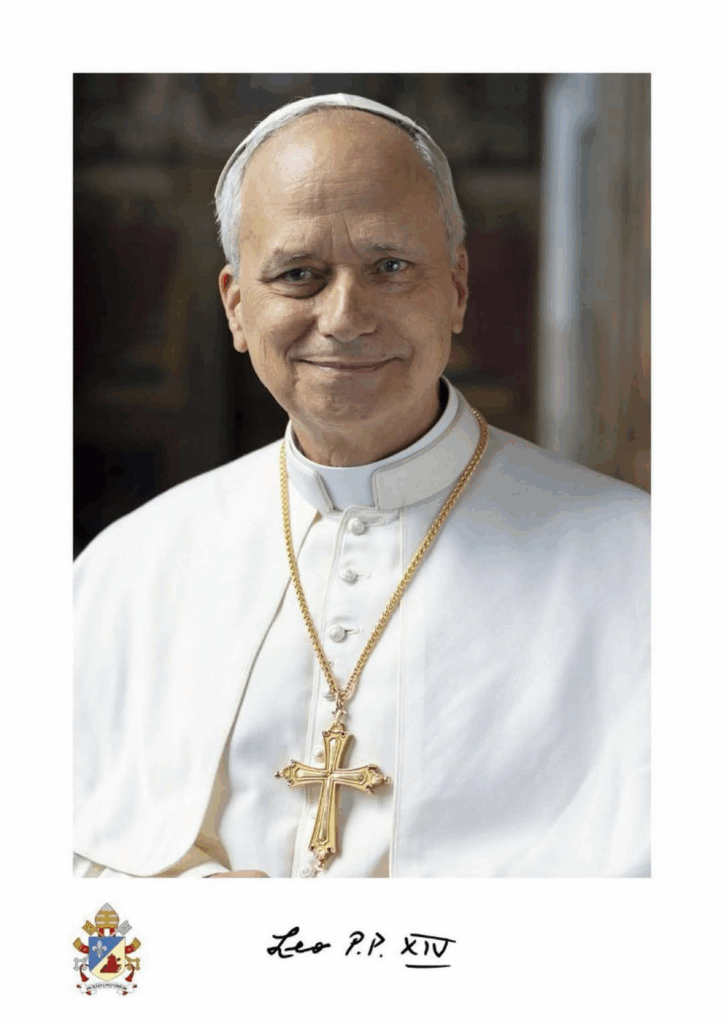
20-minute Session
Theme: “Bridge-Builders of Peace” – Inspired by Pope Leo XIV
20-Minute Session:
1. 🧭 Introduction (5 minutes)
Purpose: Present Pope Leo XIV and set the tone with the risen Jesus’ gift of peace.
- Introduce Pope Leo XIV:
- First American pope, born in Chicago
- Spent over 20 years working with the poor in Peru
- Spoke about “building bridges” in his first address:
“Peace be with you all.”
- Briefly link it to Jesus’ post-resurrection greeting to the disciples (John 20:19):
“Peace be with you.”
– Explain that the peace of Jesus is active—it makes us bridge-builders.
2. 💬 Group Discussion (10 minutes)
Purpose: Help them apply the metaphor of bridge-building to real life.
Prompt Questions:
- What does “building bridges” mean to you?
- Where do you see conflict or division around you—school, home, online?
- What kind of bridges could someone your age build?
- Why do you think Pope Leo XIV emphasized this message?
Use Real Examples of Pope Leo XIV:
- He lived in Peru for over 20 years, helping people in need.
- He promoted unity between different cultures in the Augustinian order.
- He listens and encourages others to work together—not dominate.
- He said the Church should be close to those who are suffering.
Encourage students to share personal experiences or news they’ve seen where peace or reconciliation was needed.
3. 📝 Prayer Activity (5 minutes)
Activity: Personal Response Brick (can use one of the printable templates)
- Give each student a paper “brick.” Ask them to write:
- One way they can build a bridge this week (e.g., apologizing, including someone left out, listening better)
- A one-line prayer for peace
Optional Sharing: Invite a few to read theirs aloud or place the bricks together on a board titled “Our Bridge of Peace.”
🔚 Wrap-Up Thought:
Close by reminding them that peace isn’t passive—it’s something we build.
And like Pope Leo XIV, they too can be bridge-builders who connect, heal, and bring others closer.
Would you like a handout or slide version of this for classroom use?
Prayer Activity
- Gather the students around the display. Lead a short prayer: “Lord, help us to be bridge-builders like Pope Leo XIV. Guide us to spread peace and love in everything we do. Amen.”
- Each student has a ‘brick, ‘ and they can write or draw how they can help build peace.
- Invite students to place their “bricks” on the display as a symbolic gesture of their commitment while praying to God for peace and Pope Leo XIV.
Interviews about Pope Leo XIV
We want to get to know you. To be able to bookmark your favourite content, please log in or sign up below.
User Sign Up
Discover more resources
